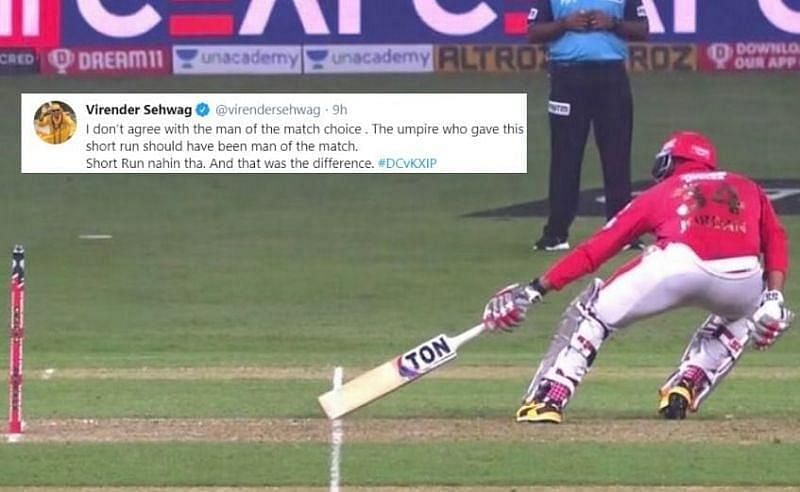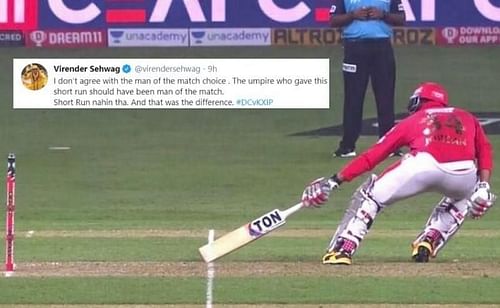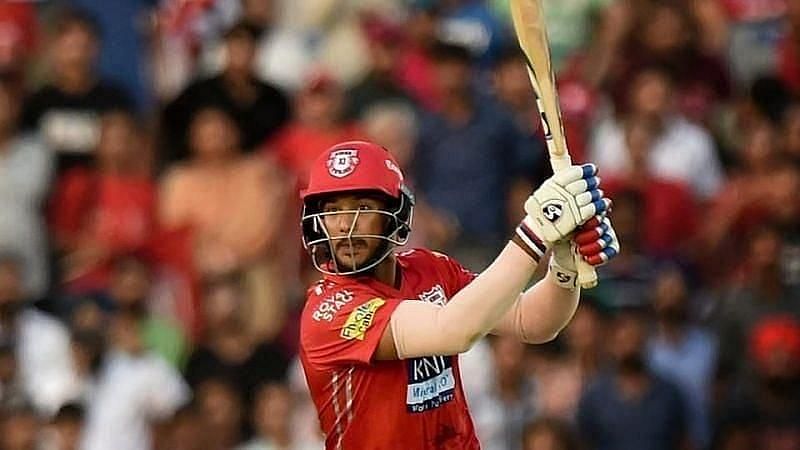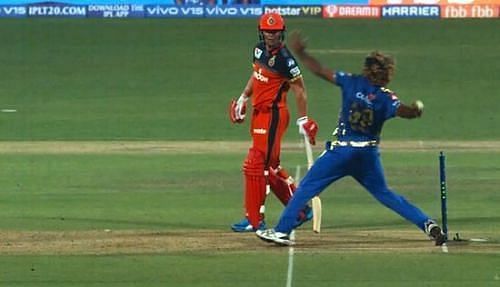
IPL 2020: Short run blunder raises serious questions over use of technology

The second match of the 2020 edition of Indian Premier League (IPL) played at Dubai between Kings XI Punjab and Delhi Capitals was a humdinger without a doubt. Fantastic efforts from Marcus Stoinis (53 from 21 and 2 for 29) and Mayank Agarwal (89 from 60) took the game into the Super Over.
In the one-over eliminator, specialist Kagiso Rabada did the trick for Delhi, dismissing KL Rahul and Nicholas Pooran, although the decision to not send in Agarwal will rankle KXIP.
There were many memorable moments in the second game of the IPL season, but the umpiring blunder of declaring a short run certainly wasn’t among them. In the penultimate over of KXIP’s innings, Agarwal hit a ball towards long-on and ran two.
However, the square-leg umpire deemed it a run short, signaling that non-striker Chris Jordan had not completed a run.
Replays, however, conclusively proved that Jordan had placed his bat inside the crease, and the short run call was a faulty one. As things panned out, the game was tied and went into the Super Over.
Had the wrong short run decision not been made, things could have been different. Of course, KXIP also need to blame themselves for losing the game after needing one off three.
Who is leading the IPL 2020 orange cap race? Click here to see.

What is even more baffling though is the fact that the wrong decision wasn’t reversed. The whole point of using technology in the IPL is to get the maximum number of decisions right. There was no reason for the inaccurate call not to be reversed.
It wasn’t the last ball of the match, so there was enough time to correct the error. On the contrary, it was rather bizarre that the game went on as if nothing had transpired even though everyone aware of the mistake. The on-air commentators were bemused as the replays were being constantly played.
There may not be any rules as such for a false short ball call to be reversed. But sometimes, it is important for common sense to prevail over rules. How many times in the past have we seen batsmen in the IPL being rescued from a bad umpiring call due to DRS?
Similarly, fielding sides too have got crucial decisions overturned by making smart usage of the referral system. In the context of Sunday’s match between DC and KXIP, the short run error proved to be decisive. Had the run been granted back to KXIP, the match might never have gone into the Super Over.
Looking back, although the game saw plenty of thrill and excitement, the fact remains that a poor umpiring decision took the game into the Super Over. Kings XI Punjab have every right to feel aggrieved by the way things turned out although they kicked themselves in the foot with some poor shot-making and irrational decisions (no Agarwal in the Super Over).
The IPL authorities must sit down and get to the bottom of why such a blunder could not be corrected when there was every scope to.

Something similar transpired last year in the IPL when the on-field umpire missed a massive Lasith Malinga no-ball during a clash between the Mumbai Indians and Royal Challengers Bangalore. Giving the enormous amount of money that goes into the making of the IPL, it is imperative that such glaring errors are minimized.
It is true that technology cannot be 100 per cent accurate. But, not acting with conclusive evidence in front of you is rather bizarre. There is no doubt, the IPL is the most popular T20 league across the globe. However, embarrassing blunders, such as the one on Sunday damages the league’s reputation to some extent.